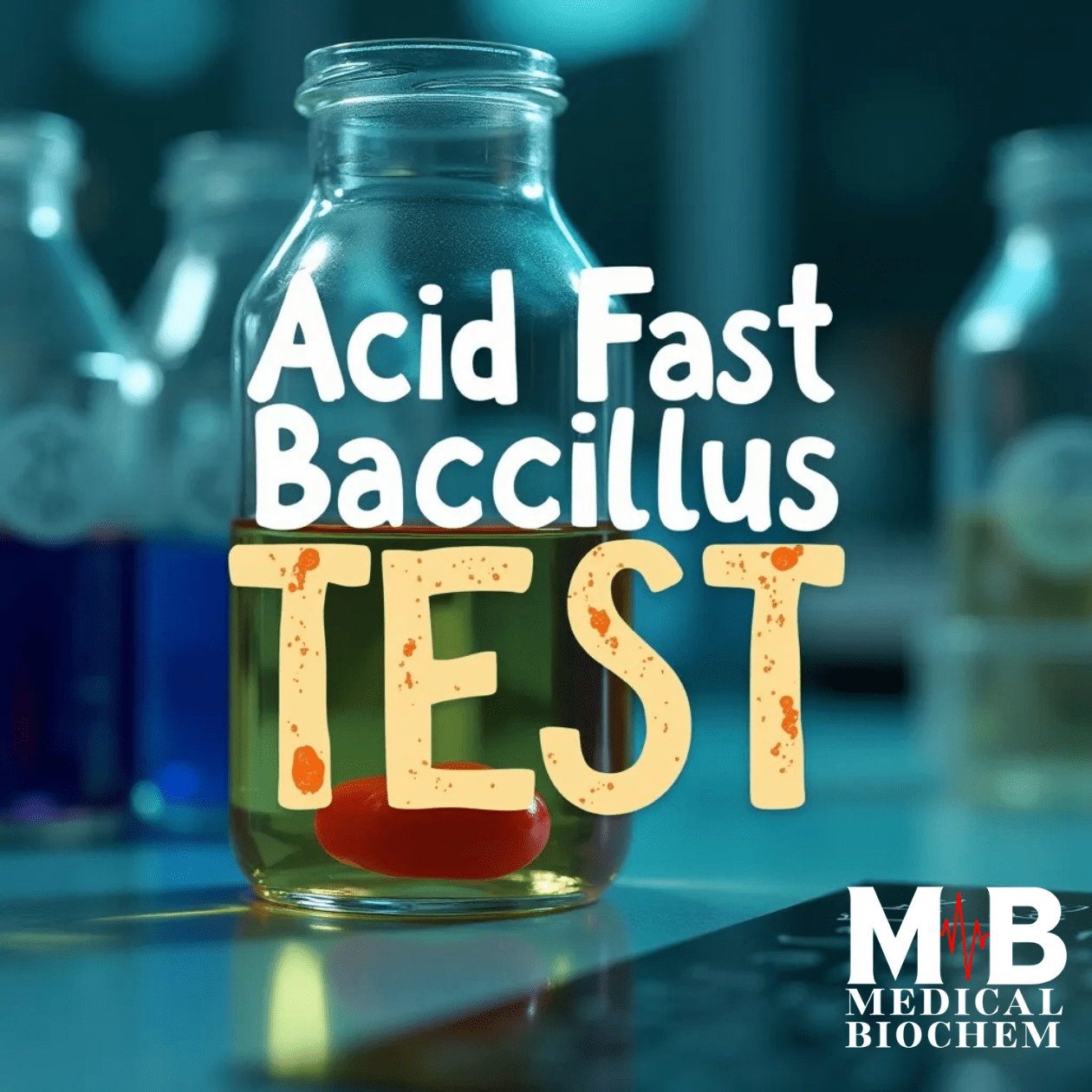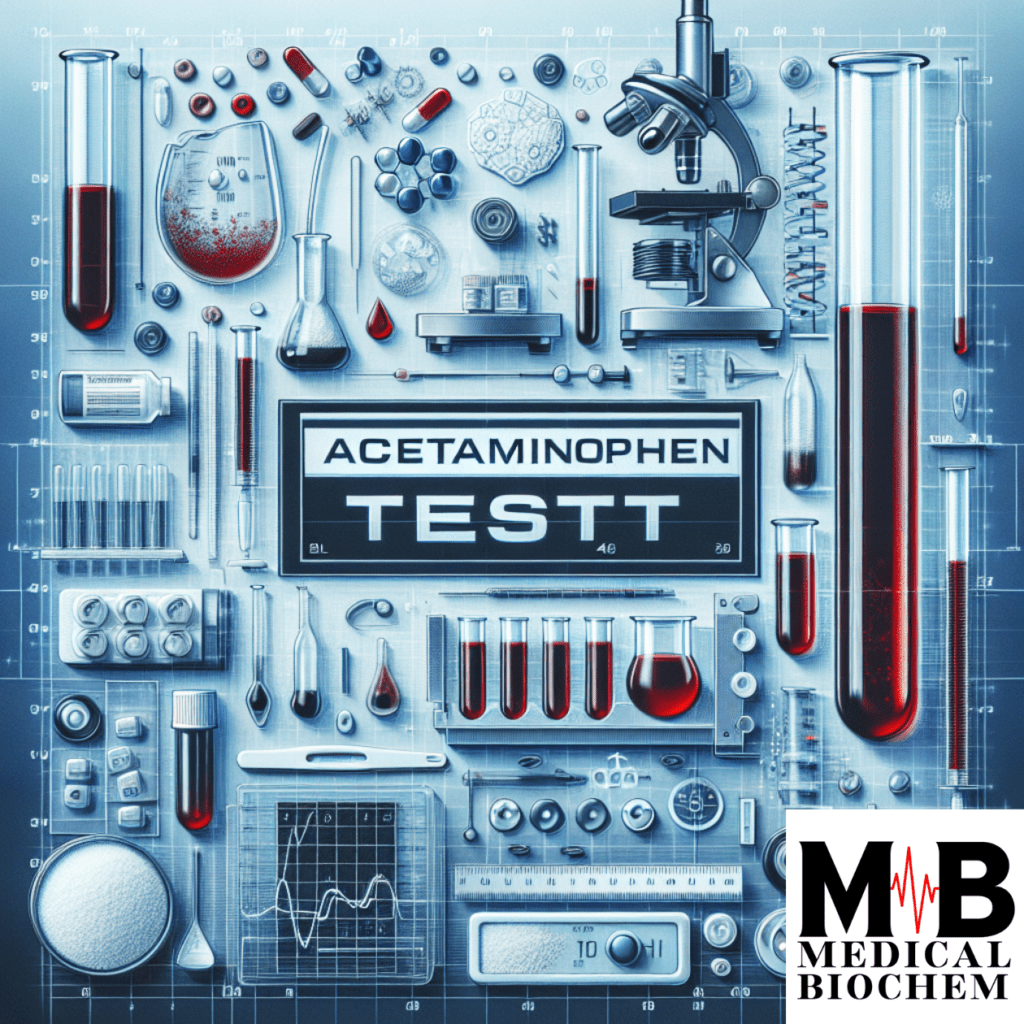Introduction to AFB
When it comes to diagnosing serious bacterial infections, especially tuberculosis (TB), one of the most significant diagnostic tools is the acid fast bacillus test. This specialized staining technique has played a critical role in identifying pathogens responsible for several chronic infectious diseases. In this comprehensive blog post, we will explore what the acid fast bacillus test is, how it functions, and its importance in diagnosing bacterial infections. We will also analyze the relationship of this test with different species of Bacillus, such as Bacillus subtilis, Bacillus cereus, and others, while addressing the misconception about their acid-fast properties.
What Is an Acid Fast Bacillus?
An acid-fast bacillus (AFB) is a type of bacterium that resists decolorization by acid alcohol after being stained. This property is due to the bacterium’s unique cell wall, which contains a high concentration of lipids, primarily mycolic acid. The waxy mycolic acid layer makes these bacteria more resistant to the typical decolorizing agents used in common staining techniques, such as the Gram stain.
The term “acid-fast” refers to this ability to retain specific stains even after exposure to acidic conditions. Among the most well-known acid-fast bacilli are members of the genus Mycobacterium, which include Mycobacterium tuberculosis—the pathogen responsible for tuberculosis. This chronic infectious disease is a severe health threat worldwide, and diagnosing it quickly and accurately is crucial for effective treatment.

Acid Fast Bacillus Test: An Overview
The acid-fast bacillus test is a specialized staining procedure used to identify the presence of acid-fast bacteria, primarily from patient samples such as sputum, cerebrospinal fluid, or tissue biopsies. This method is invaluable for identifying slow-growing bacteria like Mycobacterium tuberculosis, which cannot be easily detected using routine techniques.
Procedure for Acid Fast Bacillus Test
The acid-fast bacillus test employs special staining techniques to detect acid-fast bacteria, particularly those that cause tuberculosis and leprosy. The procedure can be carried out using two main staining methods: Ziehl-Neelsen (ZN) Staining and Kinyoun Staining. Below, we will describe the detailed procedure of the Ziehl-Neelsen method, which is more commonly used in laboratories.
1. Sample Collection
- Patient Sample: The first step is to collect a sample from the patient. The most commonly used sample for tuberculosis detection is sputum, but other samples like cerebrospinal fluid, tissue biopsies, or other body fluids can also be used.
- Quality of Sample: Proper sample collection is critical, as any contamination or improper handling may affect the reliability of the test results. Generally, three consecutive sputum samples are recommended for accurate diagnosis.
2. Preparation of Smear
- Slide Preparation: Take a clean, dry glass slide. Using a sterilized inoculation loop or applicator stick, place a small amount of the sample onto the center of the slide.
- Spread the Sample: Using a loop or stick, spread the sample to form a thin, even smear. The smear should cover an area approximately 1-2 cm in diameter to ensure it is neither too thick nor too thin for effective staining.
- Air Drying: Allow the smear to air dry completely before proceeding to heat fixation. The drying process ensures that the sample adheres to the slide, preventing loss during staining.
3. Heat Fixation
- Fixing the Smear: Once the smear has dried, fix it to the slide by heat. This is done by quickly passing the slide through a flame three to four times with the smear side facing upward. The heat fixation process serves three purposes:
- It adheres the sample to the slide.
- It kills the bacteria, making the sample safer to handle.
- It prepares the bacterial cell wall to better accept the stain.
4. Primary Staining with Carbol Fuchsin
- Carbol Fuchsin Application: Place the heat-fixed slide on a staining rack. Apply carbol fuchsin, a bright red stain, generously over the entire smear. Ensure that the smear is fully covered with the stain.
- Heating During Staining: Heat the slide gently to allow the stain to penetrate the bacterial cell wall. This can be done by passing a Bunsen burner flame below the slide until steam appears (do not boil). Maintain steaming for 5 minutes, adding more stain as needed to keep the smear moist.
- Heating Note: The heating step is critical because it melts the waxy mycolic acids in the cell wall of acid-fast bacteria, allowing the stain to penetrate. Be careful not to overheat, as this can distort the bacterial cells.
5. Cooling and Rinsing
- Cooling Slide: After heating, allow the slide to cool for 2-3 minutes. This step prevents thermal damage and ensures the stain is set properly.
- Rinsing with Water: Rinse the slide gently with running tap water to remove excess carbon fuchsin. The water should flow across the surface of the slide, not directly onto the smear, to avoid washing off the bacteria.
6. Decolorization with Acid-Alcohol
- Decolorization Step: Pour an acid-alcohol solution (usually 3% hydrochloric acid in ethanol) over the slide until the red color stops running. This step removes the primary stain from all non-acid-fast bacteria.
- Decolorization Time: Decolorize for approximately 1-2 minutes, or until the slide appears only faintly pink. Acid-fast bacteria will retain the red color, while non-acid-fast bacteria will become colorless.
- Rinse Again: After decolorization, rinse the slide immediately with running water to stop the action of the acid-alcohol.
7. Counterstaining with Methylene Blue
- Application of Counterstain: Apply methylene blue to the slide and let it sit for 1-2 minutes. The counterstain provides contrast, allowing non-acid-fast bacteria to be visible.
- Rinsing: Rinse the slide again with water to remove excess methylene blue. This step ensures that the smear is evenly stained and no residual primary stain remains except in acid-fast bacteria.
8. Drying Slides
- Air Dry the Slide: Place the slide on a staining rack or use blotting paper to air dry it. Do not rub the smear, as this may cause loss or distortion of bacteria.
9. Microscopic Examination
- Examine Under Oil Immersion: Once the slide is completely dry, examine it under a microscope using the oil immersion objective lens (100x magnification).
- Acid-Fast Bacilli: Acid-fast bacteria will appear as bright red or pink, rod-shaped cells against a blue background.
- Non-Acid-Fast Bacteria: Non-acid-fast organisms and cellular debris will appear blue as they take up the methylene blue counterstain.
Key Considerations for Accurate Results
- Proper Sample Handling: To achieve accurate test results, sample handling is crucial. Contaminated or poorly collected samples can lead to false negatives or positives.
- Heating During Staining: Care must be taken to ensure that the slide is gently steamed without overheating, as excessive heat can alter the cell structure and result in inconclusive staining.
- Decolorization Duration: Over-decolorization can wash away the primary stain even from acid-fast bacteria, while under-decolorization can cause non-acid-fast bacteria to retain the stain, leading to false positives.
- Use of Controls: Running positive and negative controls alongside the test can verify that the staining process was conducted correctly. The control slide should include a known acid-fast bacterium (e.g., Mycobacterium tuberculosis) and a non-acid-fast bacterium (e.g., Escherichia coli).
Alternative Method: Kinyoun Staining (Cold Stain Method)
An alternative to the Ziehl-Neelsen method is the Kinyoun method, often referred to as the “cold stain” method because it does not require heating during staining. In the Kinyoun method:
- Carbol Fuchsin is applied, but a higher concentration of phenol is used, which allows the stain to penetrate the waxy cell wall without the need for heat.
- The rest of the procedure, including decolorization with acid-alcohol and counterstaining with methylene blue, is similar to the Ziehl-Neelsen method.
The Kinyoun method can be safer in laboratories with limited equipment, as it eliminates the risk associated with open flames.
Advantages of the Acid Fast Bacillus Test
- Rapid Preliminary Diagnosis: The acid-fast bacillus test allows for a preliminary diagnosis within hours, which is crucial for initiating treatment early, especially for tuberculosis patients.
- Cost-effective: The test is relatively inexpensive and can be used in resource-limited settings where more advanced molecular testing is not available.
- Differentiation: This test effectively differentiates mycobacteria from other types of bacteria, aiding clinicians in selecting appropriate diagnostic and treatment paths.
Limitations of the Acid Fast Bacillus Test
- Low Sensitivity in Low Bacterial Load: If the bacterial load in the sample is low, the test may yield false-negative results. This limitation makes culture or molecular tests necessary for confirmation.
- Non-Specific for Mycobacterium Species: While a positive acid fast bacillus smear indicates the presence of mycobacteria, it cannot differentiate between Mycobacterium tuberculosis, Mycobacterium leprae, or other non-tuberculous mycobacteria. Additional tests, such as PCR, are needed for precise identification.
How the Acid Fast Bacillus Test Helps Diagnose Infections
Acid fast bacillus testing is crucial in diagnosing infections caused by mycobacteria, particularly tuberculosis. It is a cost-effective, rapid screening tool that can detect acid-fast bacteria even in low-resource environments. A positive acid-fast bacillus smear indicates the presence of mycobacteria and warrants further investigation.
This test is beneficial for identifying other mycobacterial infections besides TB, such as Mycobacterium leprae, the causative agent of leprosy. Given that mycobacteria are slow-growing, early identification using an acid-fast bacillus test is key to initiating timely treatment and preventing disease progression.
Acid Fast Bacillus Isolation
After obtaining a positive acid-fast bacillus smear, isolating the bacterium through culture is typically the next step. This isolation allows for more detailed study and further testing, such as determining drug susceptibility. Isolation is an essential part of diagnosing tuberculosis since it provides clinicians with the information necessary to prescribe the most effective antibiotic regimen.
The acid-fast bacillus test is not limited to mycobacteria, though it remains its most recognized use. Several species within the Bacillus genus are often tested to determine whether they exhibit acid-fast properties. Let’s examine how these species respond to acid-fast testing.
Acid Fast Properties of Various Bacillus Species
Is Bacillus Subtilis Acid Fast?
Bacillus subtilis is a well-known bacterium used in various studies and industries, but it is not acid-fast. When subjected to an acid-fast test, Bacillus subtilis loses the primary stain during the decolorization process. The acid-fast stain bacillus subtilis results in the bacteria appearing blue after counterstaining, clearly indicating its non-acid-fast nature.
The bacillus subtilis acid fast stain provides a negative result because the bacterial cell wall lacks the lipid-rich mycolic acid, which is crucial for acid-fastness. This characteristic makes Bacillus subtilis easy to differentiate from acid-fast bacteria like Mycobacterium tuberculosis.
Is Bacillus Cereus Acid Fast?
Bacillus cereus, a bacterium often implicated in food poisoning, also exhibits a non-acid-fast response to staining. The bacillus cereus acid-fast stain follows a similar pattern to Bacillus subtilis, where the decolorization step strips the primary stain away, resulting in a blue color after counterstaining.
Thus, the bacillus cereus acid-fast test indicates that it is not an acid-fast bacterium, making it easily distinguishable from pathogenic mycobacteria.
Is Bacillus Megaterium Acid Fast?
Bacillus megaterium, another commonly studied bacterium, also does not retain the acid-fast stain. During the bacillus megaterium acid fast stain, the decolorizing agent removes the initial dye, and the bacterium takes up the counterstain.
The fact that Bacillus megaterium is not acid-fast further demonstrates how the acid fast bacillus test serves as an essential differentiating tool for separating acid-fast and non-acid-fast bacteria.
Is Bacillus Anthracis Acid Fast?
Bacillus anthracis, the bacterium that causes anthrax, is also not acid fast. The acid fast bacillus test for Bacillus anthracis results in a negative outcome, where the bacteria fail to retain the primary stain after the acid-alcohol wash.
Positive Acid Fast Bacillus Smear: What It Indicates
A positive acid fast bacillus smear often implies the presence of pathogenic mycobacteria, most commonly Mycobacterium tuberculosis. It does not confirm a specific species but strongly suggests an active mycobacterial infection that requires further diagnostic confirmation.
The importance of early detection through an acid fast bacillus test cannot be overstated. It provides a basis for early treatment intervention, which is especially critical for diseases like tuberculosis that can cause significant damage if left untreated.
Chronic Infectious Diseases Caused by Acid Fast Bacilli
One of the most well-known chronic infectious diseases caused by an acid-fast bacillus is tuberculosis. The acid fast bacillus test plays an instrumental role in diagnosing TB, which primarily affects the lungs but can also involve other organs, such as the kidneys and brain. This test enables healthcare professionals to detect TB early, reducing transmission and improving patient outcomes.
Why the Acid Fast Bacillus Test Is Important
- Early Diagnosis: The acid fast bacillus test allows for the early diagnosis of diseases like tuberculosis, facilitating timely treatment.
- Cost-Effective Tool: Compared to more advanced diagnostic tools, this test is cost-effective and can be used in various healthcare settings, including those with limited resources.
- Differentiation: It helps differentiate acid-fast pathogens from other bacteria, such as Bacillus subtilis, Bacillus cereus, and Bacillus megaterium.
The Acid Fast Bacillus Test: A Crucial Diagnostic Tool
The acid fast bacillus test remains a cornerstone in diagnosing tuberculosis and other mycobacterial diseases. By targeting the unique cell wall properties of acid-fast bacilli, the test can quickly determine whether a patient is likely suffering from a mycobacterial infection.
This simple yet effective diagnostic method has saved countless lives, allowing healthcare professionals to start treatment early. While other Bacillus species, such as Bacillus subtilis, Bacillus cereus, and Bacillus anthracis, are not acid-fast, understanding their response to this test helps clinicians make quick and accurate diagnoses.
Conclusion
The acid fast bacillus test is an indispensable tool in the medical field for identifying acid-fast bacteria like Mycobacterium tuberculosis. While non-acid-fast bacteria, such as Bacillus subtilis and Bacillus cereus, do not retain the primary stain, this test remains a crucial first step in distinguishing mycobacterial pathogens from other bacteria.


